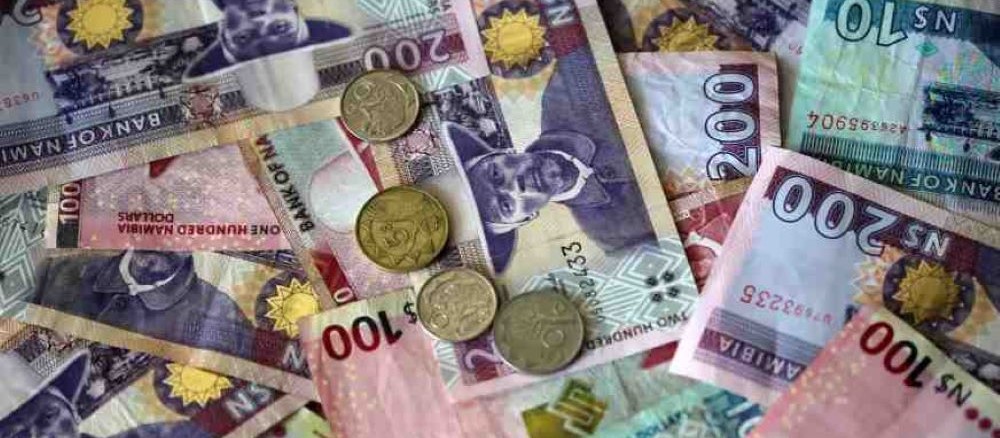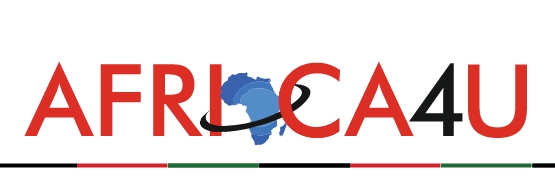(3 Minutes Read)
Namibia may consider reviewing its currency peg to the South African Rand if its economy booms due to oil and gas discoveries and the development of the country’s green hydrogen sector. Namibian central bank Governor Johannes ! Gawaxab made these remarks following the monetary policy announcement taken to maintain the repo rate at 7.75%.
Namibia may consider reviewing its currency peg to the South African Rand if its economy booms due to oil and gas discoveries and the development of the country’s green hydrogen sector. Namibian central bank Governor Johannes ! Gawaxab made the remarks following the monetary policy announcement taken to maintain the repo rate at 7.75%.
The prospect that Namibia’s economic structure could change may give renewed discussions about de-pegging from the Rand,!Gawaxab further said. When you look at what is happening with the country’s economic structure that is changing, what if Namibia becomes a serious oil exporter? What if green hydrogen takes off and the country becomes a large player?
Namibia needs to think about how the country prepares itself as a nation in terms of the choice of its exchange regime, but at this stage, the benefits far outweigh the costs,” !Gawaxab said further. De-pegging from the Rand at the moment would lead to a lot of volatility and hurt Namibia, he said.
Read Also:
https://trendsnafrica.com/south-african-rand-at-rock-bottom-may-bounce-back/
https://trendsnafrica.com/botswana-and-namibias-ban-on-south-african-farm-products-hit-exports/
At independence in 1990, Namibia opted to remain in the Common Monetary Area (CMA), leaving monetary and exchange rate policies to South Africa. Meanwhile, the Monetary Policy Committee (MPC) of the central bank, in its decision to keep the repo rate unchanged at 7.75%, said the decision was guided by disinflation domestically and globally. The MPC noted the continued disinflation both globally and domestically. With real interest rates remaining positive, and slow credit growth, amid a fair level of international reserves, the MPC decided to maintain the repo rate at its current level.





